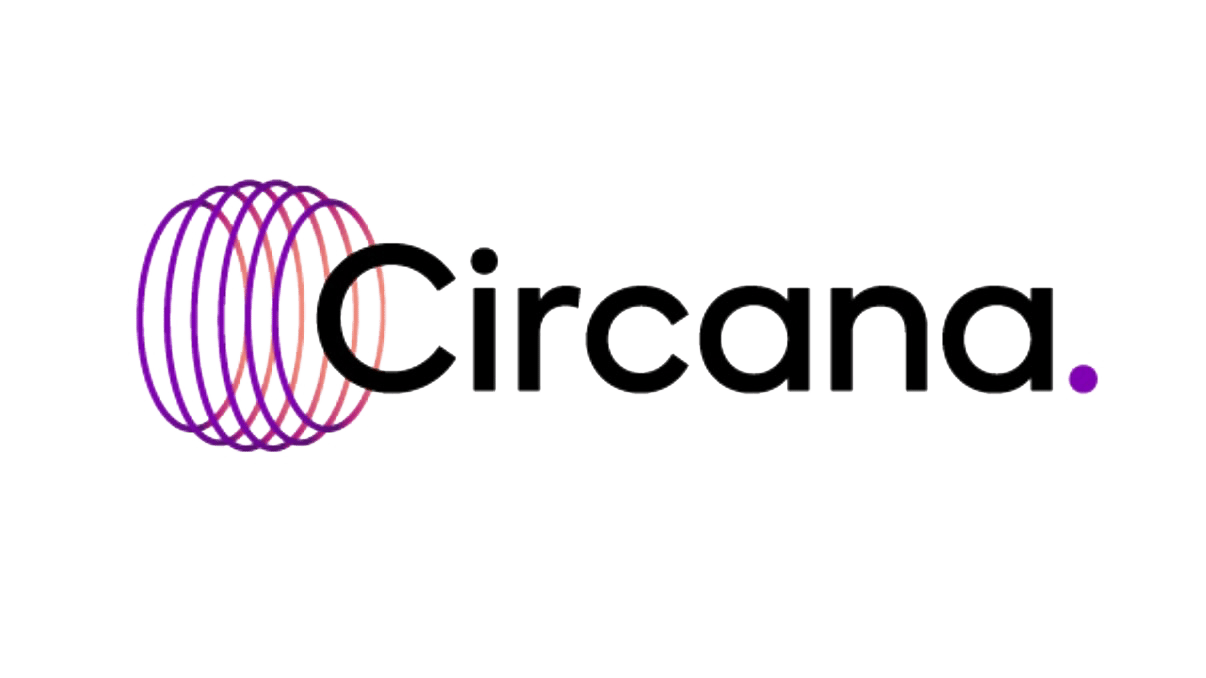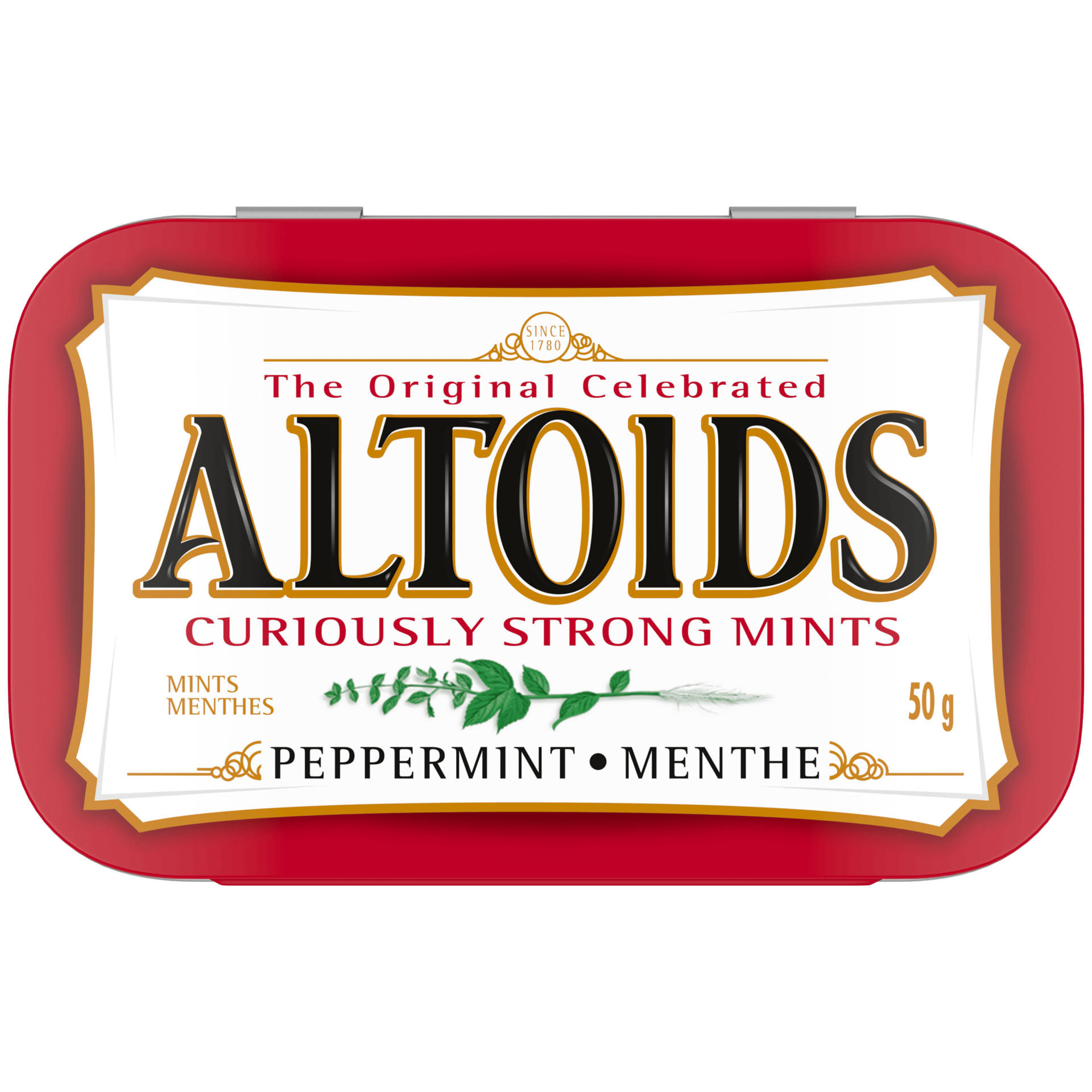The BOTTOM LINE
- The category has suffered inflation and rising costs
- Consumers are searching for BFY options
- Lower-sugar options are also appreciated by consumers
The Sweet Spot
The hard candy category has seen moderate growth, driven by new innovation and B4Y products.
Joyce Friedberg, Contributing Writer
Hard candy is a sweet treat many people enjoy. Like other product categories, hard candy is not immune from inflation and rising costs; however, consumers continue to buy in the category. Chris Borges, non-chocolate candy, category director, Perfetti Van Melle USA, notes seeing a shift in consumer shopping behavior in lollipops with consumers seeking value.
HARD CANDY
STATE of the INDUSTRY

SPONSORED BY


Courtesy of Perfetti Van Melle
“This comes in two ways—either shoppers are picking up larger pack sizes to get a better price per ounce or smaller pack sizes to get lower absolute price points. Consumers still want lollipops, and candy in general, but they are seeking good value where they can,” he reports.
In addition to value, consumers are looking for new innovative and better-for-you products in the hard candy category.
Market data
The hard candy category saw moderate growth of 5.2% resulting in $1.1 billion in dollar sales for the 52-week period ending June 16, 2024, according to multi-outlet data from Circana. Unit sales were down 4.9% to 498.5 million, while price per unit increased 10.7% to $2.25.
The top three players in the category all experienced growth. Dollar sales for the Hershey Company (which owns the Jolly Rancher brand) were up 5.7%, resulting in $171.2 million. Bazooka Candy Brands’ sales grew 29.2% to $127.1 million, and Storck (owner of the Werther’s brand) was up 3.1% to $125.4 million.
Other notable dollar-sales sweet spots in the category during the time period:
- Spangler Candy Company: $102.8 million, up 9.6%
- Tootsie Roll Company:, $87.9 million, up 2.4%
- Mars Wrigley Company, makers of Lifesavers: up 7.2% to $56.3 million

HOVER OVER CHART TO SCROLL DOWN
Source: Circana OmniMarket™ Total Store View | Geography : Total US - Multi Outlet w/ C-Store (Grocery, Drug, Mass Market, Convenience, Military and Select Club & Dollar Retailers) | Time : Latest 52 Weeks Ending 06-16-24

Courtesy of Zolli Candy
Looking back
Heidi Dorosin, co-CEO, SmartSweets, says she is noticing now more than ever that consumers are looking for lower sugar options that taste like their childhood favorites: “They’re seeking out products with less sugar and are shying away from those with artificial sweeteners.” SmartSweets is a nostalgic brand that offers lollipops with no artificial sweeteners, added sugar, or sugar alcohols, and only 1 g of sugar for two lollipops. The lollipops come in two flavors: Blue Raspberry, and Watermelon.
Alina Morse, founder and CEO, Zolli Candy, states that customers are continuing to purchase hard candy despite higher costs and are opting for more better-for-you and zero sugar options. To address this need, the company has recently launched Zolli Gum Popz, a zero-sugar gum lollipop. The new product is a “mouth-watering, zero sugar strawberry gum surrounded by strawberry hard candy. Zolli Gum Popz are candy everyone can enjoy while also offering dye-free, allergen friendly, natural flavors, vegan, Keto, and gluten-free convenience,” shares Morse.
In observing the hard candy trends, Liz Smiley, brand manager, Brach’s, a Ferrara brand, says she is seeing hard candy flavors remaining relatively traditional, focusing mainly on fruit and mint profiles like lemon, peppermint, and cinnamon. However, she notes there is an opportunity to push beyond the mainstream flavors, incorporating unique elements such as popular spices and international inspiration.
Perfetti Van Melle USA recently launched two new products into the market. XXL Trio is a large, multi-layered lollipop with bubblegum inside. It is a uniquely gum-filled pop with two different flavor layers. This multi-flavor, multi-sensory experience is a trend among consumers that’s driving growth in total non-chocolate, shares Borges. The lollipop comes in four different flavor combinations: Cola Lemon, Strawberry Kiwi, Mango Orange, and Tutti Frutti Pineapple.


Courtesy of Mars Wrigley

The company’s other new product is Melody Pops, a lollipop that also functions as a whistle with the ability to play different notes. The product comes in Strawberry, Blue Raspberry, and Watermelon flavors, and is being sold as a single pop or in a 5-count blister pack.
Seasonal sells, states Smiley: “One major factor impacting the hard candy category is consumers’ desire for everyday options but also seasonal products such as Brach’s Candy Canes and Cinnamon Imperials, which is driving continued growth in the category.”


Courtesy of SmartSweets
Candy canes are a significant part of the Brach’s hard candy business, and over the past several years, the company has found opportunities to launch innovative varieties, shares Smiley. Late last year, Brach’s gave fans a chance to indulge in holiday candies inspired by the classic film Elf with the release of Swirly Twirly Gum Drops, Candy Cane Forest Mellowcreme Candy, and elfish twists on candy canes.
“The Elf partnership was a fun way to put a twist on our classic candy canes and the flavors were inspired by the film, including Buddy the Elf Maple Syrup, World’s Best Cup of Peppermint Hot Cocoa, and Cotton Candy Headed Ninny Muggins,” Smiley adds.


Courtesy of Brach's

Looking forward
Borges sees sour flavor as a big trend in non-chocolate candy. “Sour is the No. 2 biggest flavor in candy with 130 new sour items launched in 2023, accounting for over $140 million. And lollipops, where Perfetti Van Melle brand Chupa Chups plays today, is no different. We see sour lollipops growing double the rate of regular lollipops,” he remarks.
“Consumers are seeking out products with less sugar and are shying away from those with artificial sweeteners.”
— Heidi Dorosin, co-CEO, SmartSweets

To respond to the trend, the company will be launching Chupa Chups Sour Lollipops later this year. “The key benefit of these lollipops is the perfect balance of sweet and sour throughout the eating experience. The sour isn’t too intense, nor does it fade away after a few seconds—a great balance from beginning to end,” shares Borges. The product will be available in a mixed bag which includes Sour Strawberry, Sour Lemon, and Sour Green Apple flavors.
Dorosin shares that company will be launching their first hard candy offering on QVC in the fall. This will provide a new channel for an existing product and allow the company to showcase the product in a different format than the traditional in-store experience.
Regardless of the impact of rising costs, hard candy manufacturers continue to bring new innovative sweets that offer exciting new flavors, better-for-you attributes, or an element of nostalgia that consumers can continue to enjoy. SF&WB
NEW HARD CANDY on snackandbakery.com




